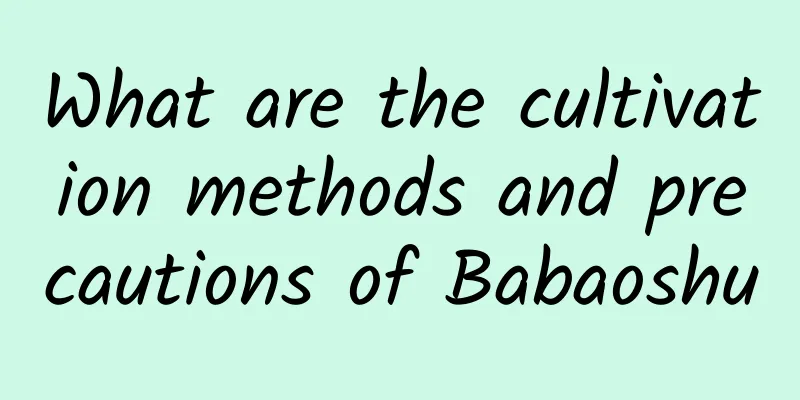How long is the growth cycle of a banyan tree?

Banyan Tree Growth IntroductionBanyan trees like to grow in high temperature, high humidity and plenty of sunlight. They have strong adaptability and grow well in semi-shady environments. They are planted in Taiwan, Zhejiang, Fujian, Guangdong, Guangxi, Hubei, Guizhou, Yunnan and other places in my country. They are also grown in Sri Lanka, India, Myanmar, Thailand and other places. Banyan tree growth cycleBanyan trees are not very demanding on soil and grow well in loose, fertile acidic soil. However, if they grow in alkaline soil, their leaves will turn yellow. They are not drought-tolerant but are more tolerant to waterlogging. The life span of a banyan tree is very long, sometimes it can grow to a thousand years. Under normal circumstances, the life span may not be that long, but it is common to live for more than a hundred years. It does not grow well in dry climate conditions. Banyan tree growth rateThe banyan tree grows relatively slowly. Although it can bear fruit every year, its seeds are small and difficult to thresh, so it is mostly propagated by cuttings. Generally, roots will take shape 20 days after cuttings, and it can be transplanted into pots after 45 days of maintenance. Banyan tree growth cycle managementBanyan tree is a large evergreen tree. Its growth process is divided into four parts: germination period, growth and development period, height growth period, and flowering and fruiting period. Its leaves are dark green, its branches are lush, and it has a long lifespan. Temperature management : Banyan trees prefer a high temperature growing environment. The best growth temperature is between 25-33℃. Its wintering temperature must not be lower than 15℃, otherwise it will shed its leaves, and it will be frozen if it is lower than 0℃. Fertilization management : During the growth period of the banyan tree, it needs to be given sufficient nutrients. It can be applied with decomposed cake fertilizer water once a month. When the temperature drops in winter, the fertilization can be gradually reduced. |
<<: Can Rehmannia be planted in pots?
Recommend
What is the best fertilizer for double-season Sophora japonica?
Fertilization time for double-season Sophora japo...
Cultivation methods and precautions of purple-backed vegetable
1. Maintenance methods 1. Substrate selection: Pu...
Causes and treatments of yellow leaves of bougainvillea
1. Unsuitable soil 1. Reason: The soil has poor d...
How to make anthurium bloom and what to do after it blooms
1. How to promote flowering 1. Soil foundation: S...
How to fertilize Viburnum
Fertilization method of Viburnum The growth of th...
How to grow green radish in summer
1. Hydroponic summer maintenance 1. Add water: In...
How to propagate potted trumpet creeper? Do you need to repot it every year?
1. The propagation method of potted trumpet creep...
Does Magnolia prefer shade or sun?
Does Magnolia prefer shade or sun? Magnolia is re...
Juniper cultivation methods and precautions
How to grow juniper temperature Juniper is a plan...
How to grow whale flower
1. Maintenance methods 1. Temperature: Whale flow...
Common diseases and pests of Broken Bowl Flower and their control methods
Common diseases of broken bowl flower: Anthracnos...
Diseases and prevention methods of Deutzia odorata
Diseases of Deerleaf: Yellow leaf disease symptom...
How to grow the weeping angel
1. Breeding methods: 1. Lighting: Many people und...
Can wolfberry be potted?
Can wolfberry be potted? Generally, wolfberries c...
What fertilizer is good for growing melons?
Melon fertilizer The ultimate goal of melons is t...









